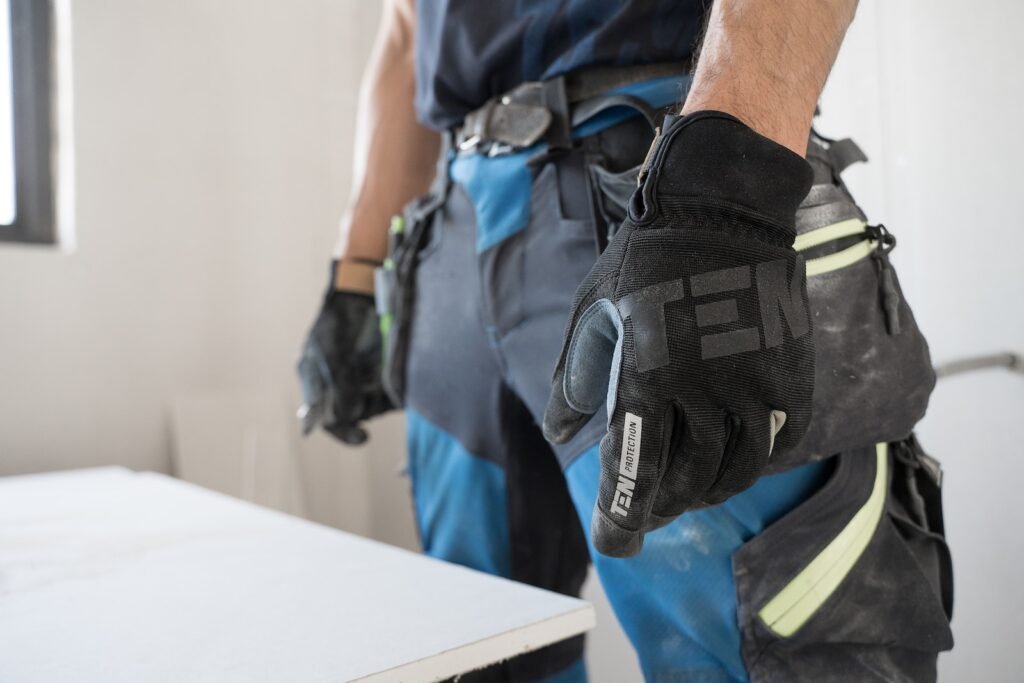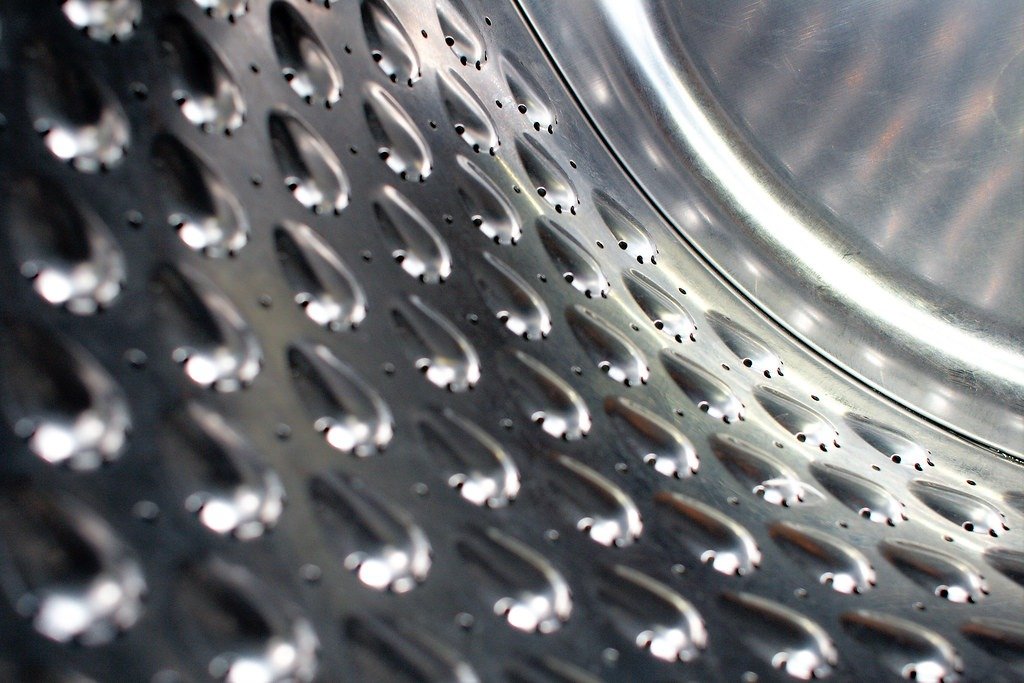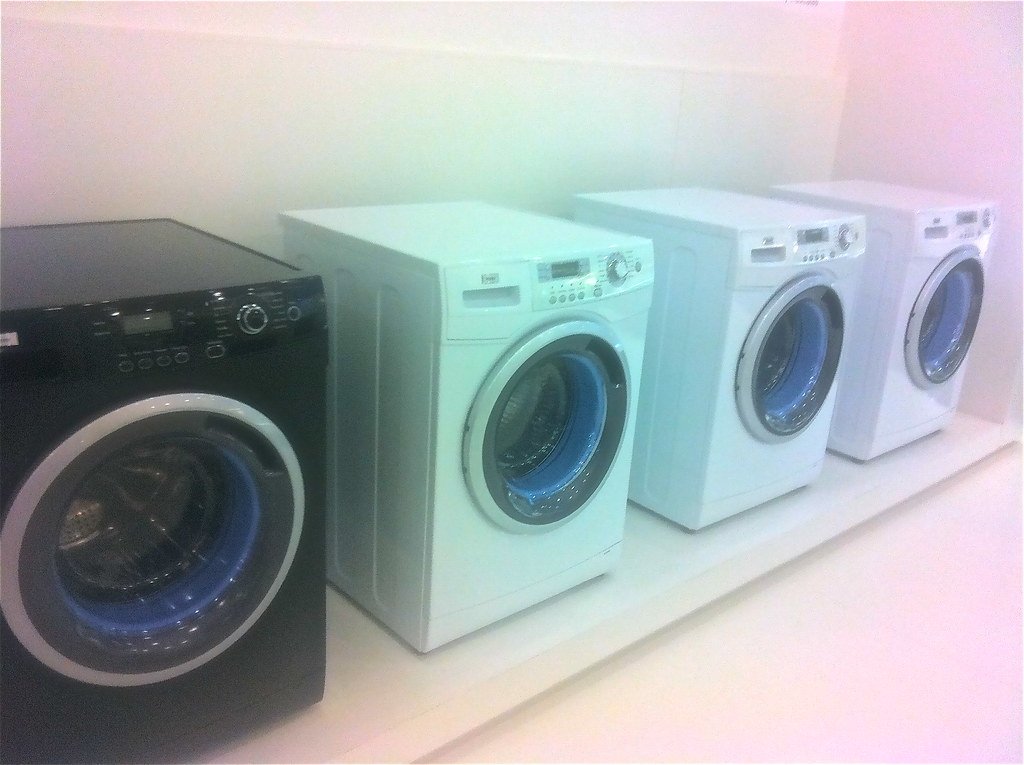
Refrigerator Troubleshooting
It can be disconcerting when your fridge doesn’t cool properly. Luckily, there may be simple solutions you can try before calling for repair services.
Assuming your fridge is properly connected and thermostat is set at an appropriate level, take measures such as checking for any possible obstructions to the compressor fan motor or checking whether or not it’s running smoothly to ensure optimal performance.
1. Check the Power
Refrigerators consume an immense amount of energy to keep their contents cold, with older models using up to double as much electricity than newer Energy Star certified models. Knowing exactly how much power your fridge uses enables you to monitor its usage as well as compare it against other appliances in your home.
How Can You Determine Your Refrigerator Wattage? There are multiple methods available to you when determining the wattage of your refrigerator. First, look at its sticker for voltage and amps ratings before multiplying these figures to find its wattage. Alternatively, a website may calculate it automatically for you – however remember the initial energy surge needed by compressors in order for the refrigerator to start running smoothly! However, don’t neglect starting wattage; this initial burst provides energy necessary for initial start up.
If your refrigerator is using too much electricity, it could be worth checking the wiring. Make sure the outlet is GFCI protected and on a separate circuit from other appliances; if it still consumes too much power even with its own outlet connected separately from other appliances, seek help from an appliance service technician to diagnose its cause.
Try plugging something else into the outlet to see if it receives power; if not, the outlet could be damaged and requires replacement.
2. Check the Thermostat
Refrigerator thermostats are small yet essential components, designed to regulate the temperature in your appliance by monitoring its environment and signaling to start or stop as necessary. An inaccurate or broken thermostat could cause your fridge to cycle on and off more frequently, increasing energy costs while potentially leading to food spoilage.
To ensure that your refrigerator is operating at peak performance, testing its thermostat frequently will help identify potential issues early. This process should not take more than 15 minutes.
Your thermostat can be checked using both a multimeter and ice water. To begin, access it from within your fridge by removing any panels or covers that might obstruct it, and once found connect black and red multimeter leads using alligator clips (if applicable) directly to terminals of thermostat terminals using alligator clips (if applicable) connecting an alligator clip on black multimeter lead directly to thermostat terminal terminals using alligator clips on red multimeter lead then connect ice water directly to sensor and use lowest ohm setting on multimeter to test continuity which indicates there exists within its entirety an electric path between parts that continues electrically without interruption.
Listen carefully for any noise coming from the refrigerator compressor; if it is running smoothly it should produce a humming sound. If this does not occur, disconnect power immediately and contact a service technician as either its compressor or thermostat could be at fault.
3. Check the Compressor
The compressor of your refrigerator is responsible for turning liquid refrigerant back into gas form and moving through coils in your freezer and fridge, where it absorbs heat from food inside them and cools your kitchen. Checking it regularly for issues is key to keeping it performing optimally – visual inspections, listening out for any unusual sounds or listening closely can all give insight into your fridge’s electrical and refrigerant systems.
Before performing any tests on your refrigerator, ensure it is unplugged from its power source and unplugged from its compressor terminal cover or access panel on the back. Locate and locate all three compressor terminals marked ‘S’, ‘C’ and ‘R’ to identify common, start, and run pins with ease. Switch your multimeter over to resistance/ohms setting before touching one probe on each terminal with one probe and taking readings of their resistance/ohms readings.
If your compressor relay is malfunctioning, the display should show “OL,” or open loop. To fix this problem, a 3-n-1 Start kit containing new relay, capacitor and overload protector could help your refrigerator back into action and possibly prevent you from having to buy an entirely new compressor unit.
4. Check the Door Seals
Over time, fridge door seals may loosen over time and allow warm air to enter through any gaps, leading to food spoilage faster and higher energy bills. A quick check should reveal any loose seals – run your hand along the edge of the closed door to see if you feel any cold breeze coming from under its rubber seal when closed and check if there are gaps beneath it – then use a cotton swab with petroleum jelly on it to push into its grooves so it will be easier to push the rubber seal back into place later.
If the seal remains loose, you must empty your refrigerator completely and check items that could be interfering with its proper closure. Sometimes it could just be something like a pot or drawer blocking its movement; alternatively it could be that hinges need slight adjustment as they loosen over time.
If the seal has become compromised, replacing it may be the answer. A replacement part should not cost too much and can usually be purchased directly from the manufacturer of your refrigerator. When doing this, first soak your new seal in hot water in order to soften and straighten any kinks caused by shipping.


